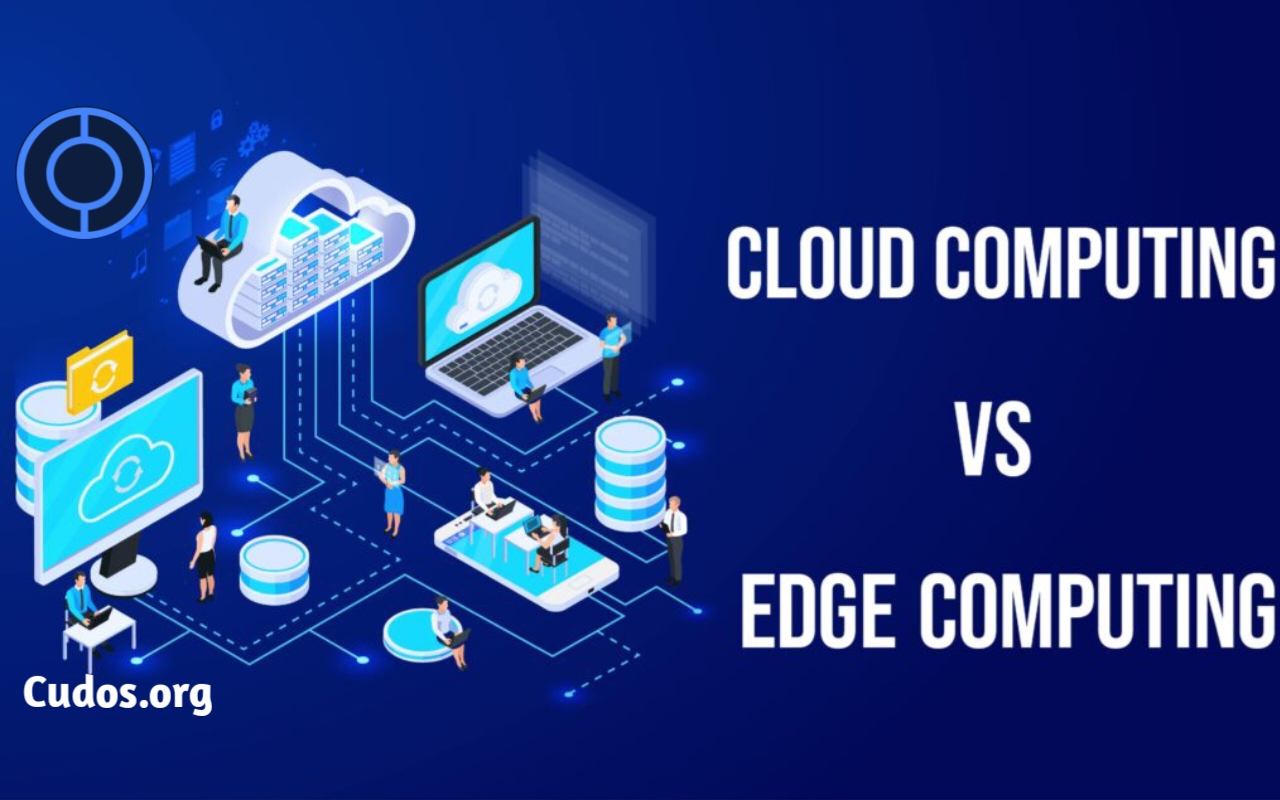Edge computing vs Cloud computing
 Godwin Edet
Godwin Edet
In the digital age, where data is the lifeblood of innovation and competitiveness, the choices we make regarding its storage, processing and management can significantly impact the efficiency and agility of our systems. This article aims to unravel the two transformative paradigms in data storage, "Edge computing and Cloud computing" These technologies represent not just alternative approaches, but rather complementary facets of modern IT infrastructures, each offering unique capabilities to address the diverse demands of today's applications and services
LET'S EXPLORE THE DIFFERENCES
✅In cloud computing, data processing and storage centers are either centralized or decentralized (as the case of CUDOS Intercloud). Computing resources and services are accessed using internet connection. Whereas, Edge computing brings computation close to the data source or end user devices. Processing occurs on local servers, gateways or devices at the edge of the network.
✅ Edge computing minimizes latency by processing data locally, resulting in faster response times for applications while cloud-based applications may experience latency due to distance between the user and data centers
✅ Cloud computing offers scalability and flexibility by providing on-demand access to a vast pool of computing resources. While Edge computing provides scalability and flexibility at the edge of the network, allowing for distributed processing and resource allocation.
USE CASES
While cloud computing such as CUDOSIntercloud is well-suited for applications that require massive storage, high computational power and global accessibility, Edge computing is ideal for applications that demand low latency, real-time processing and data localization
To know more about CUDOS Intercloud, visit www.intercloud.cudos.org
Subscribe to my newsletter
Read articles from Godwin Edet directly inside your inbox. Subscribe to the newsletter, and don't miss out.
Written by
